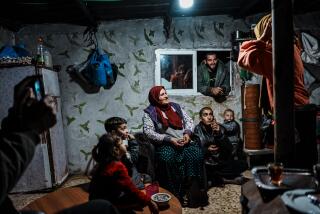U.S. warns against travel to 80% of the world due to COVID-19

WASHINGTON — The State Department on Monday urged Americans to reconsider any international travel they might have planned and said it would issue specific warnings not to visit roughly 80% of the world’s countries due to risks from the COVID-19 pandemic.
The United States hasn’t had a global advisory warning against international travel since August, when guidance was revoked by the Trump administration.
The advice issued by the State Department isn’t a formal global advisory. Instead, it says the department will start using standards set by the U.S. Centers for Disease Control and Prevention as it prepares health and safety guidelines for individual countries.
Because of those standards, about 80% of countries will be classified as Level 4, or “do not travel.”
Travel is also discouraged for the remaining 20%, though not as emphatically. People with plans to visit those countries should reconsider before proceeding.
The State Department did not reveal which countries would fall under which category. That will become known as guidance is issued individually for each country in the coming week.
“The COVID-19 pandemic continues to pose unprecedented risks to travelers. In light of those risks, the Department of State strongly recommends U.S. citizens reconsider all travel abroad,” it said.
We explain what vaccine passports are, how they work, where they’ve been implemented, and why some people object to them.
The department said the new classifications didn’t necessarily reflect changes in the countries’ health situations but, rather, an adjustment in the criteria on which it based the alerts.
The State Department’s assessments for COVID-19 include coronavirus infection rates as well as the availability of local testing and treatment.
More to Read
Sign up for Essential California
The most important California stories and recommendations in your inbox every morning.
You may occasionally receive promotional content from the Los Angeles Times.











